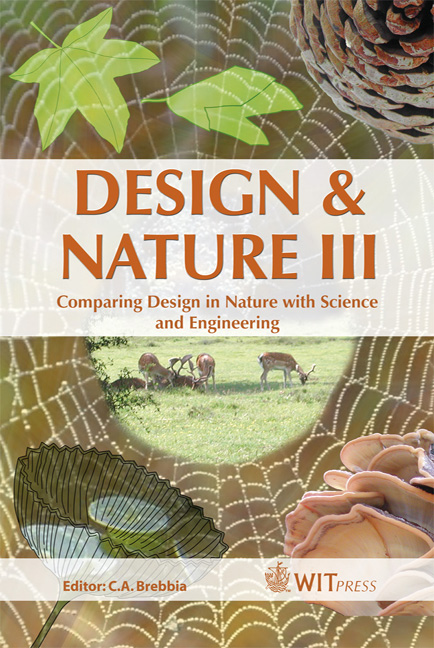An Inquiry Into The Morphology Of Ciliate Protozoa Using An Engineering Design Approach
Price
Free (open access)
Transaction
Volume
87
Pages
12
Published
2006
Size
859 kb
Paper DOI
10.2495/DN060031
Copyright
WIT Press
Author(s)
E. L. Benjamin, M. W. Collins & D. McL. Roberts
Abstract
Although cellular morphogenesis is an area of microbiology that is widely studied, very little is understood about the manner in which cells shape themselves or how they optimise their form to their environment. There exists an extensive literature on body shape, anatomy and life cycle of numerous single-celled micro-organisms including both prokaryotes and eukaryotes. However, with regards to morphology itself, there is a shortage of general empirical relationships to enable the interknitting of specific features that could lead to a biologically justifiable generic form. This paper comprises a concise review of the subject together with an assessment of the experimental approach which could be used, within an intended overall context of Engineering Design. Keywords: morphology, morphogenesis, prokaryotes, eukaryotes, confocal microscope, microtubule, kineties, buccal cavity, oral apparatus, cytoskeleton, protozoa, ciliates, flagellates, protists. 1 Introduction The cell shape is itself a characteristic property of a species. It would be most advantageous if the parameters of the surface could be used directly as characters themselves, particularly if their values could be used as a vector to define a location in some (morpho-) space, and with a distance between such locations being a measure of the difference between individuals. Sets of such vectors could then be subjected to cluster analysis and other grouping techniques to
Keywords
morphology, morphogenesis, prokaryotes, eukaryotes, confocal microscope, microtubule, kineties, buccal cavity, oral apparatus, cytoskeleton, protozoa, ciliates, flagellates, protists.





